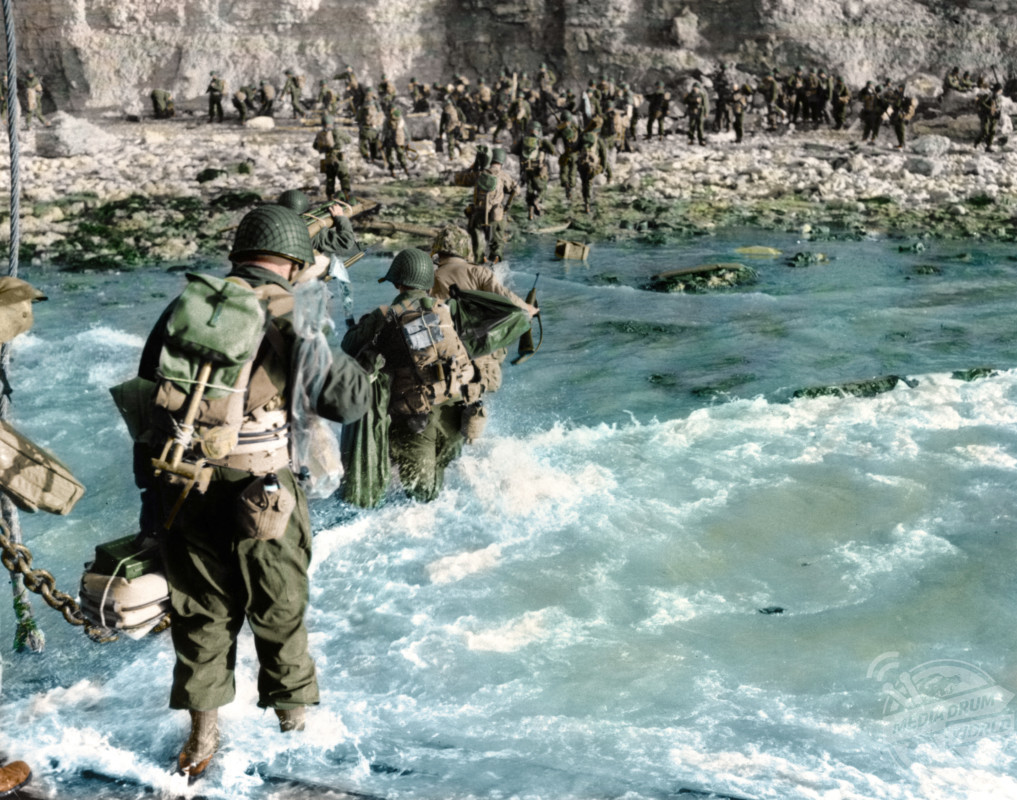
By Mark McConville
THE BRAVERY of the Allied soldiers who fought on D-Day in World War Two has been brought back to light in a series of colourised photographs.
Incredible images show soldiers inside a landing craft approaching Omaha Beach, members of an American landing party helping survivors of a sunken boat on Utah Beach and gunners arriving as reinforcements on D-Day.
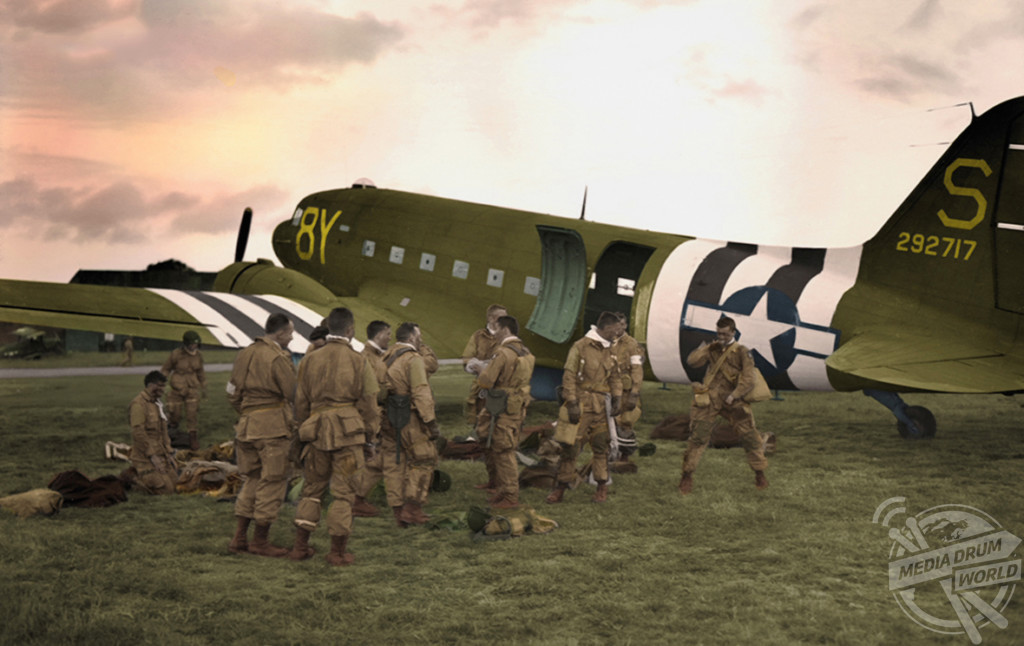
Other striking shots show Lance Corporals A.Burton and L.Barnett of 6th Airborne Division guarding a road junction near Ranville the day after D-Day and members of 12th Parachute Battalion enjoying a cup of tea after fighting their way back to their own lines after three days behind enemy lines.
The original black and white photographs were colourised by design engineer Paul Reynolds (48), from Birmingham.
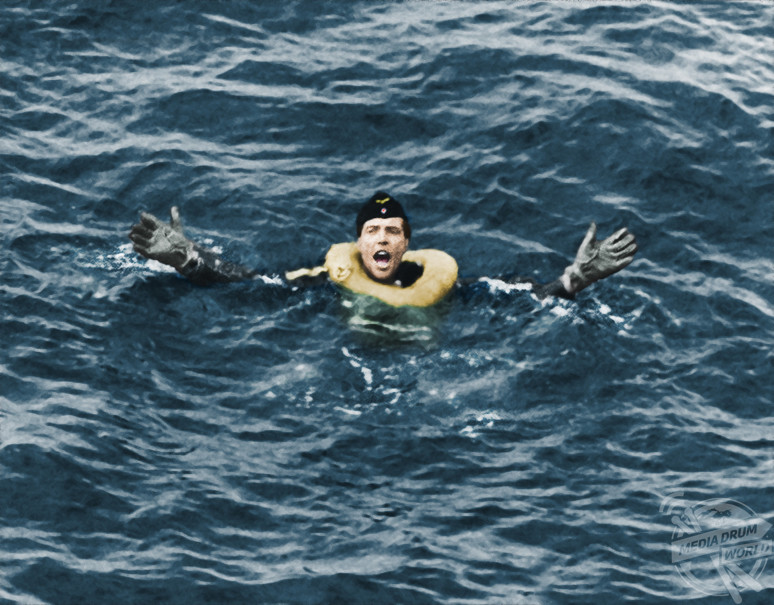
“I mostly colourise war photos because each photo usually has a story to tell, stories of real everyday people,” he said.
“I think colourising detailed photos really brings them to life. You notice detail that usually gets missed due to the monotone background.
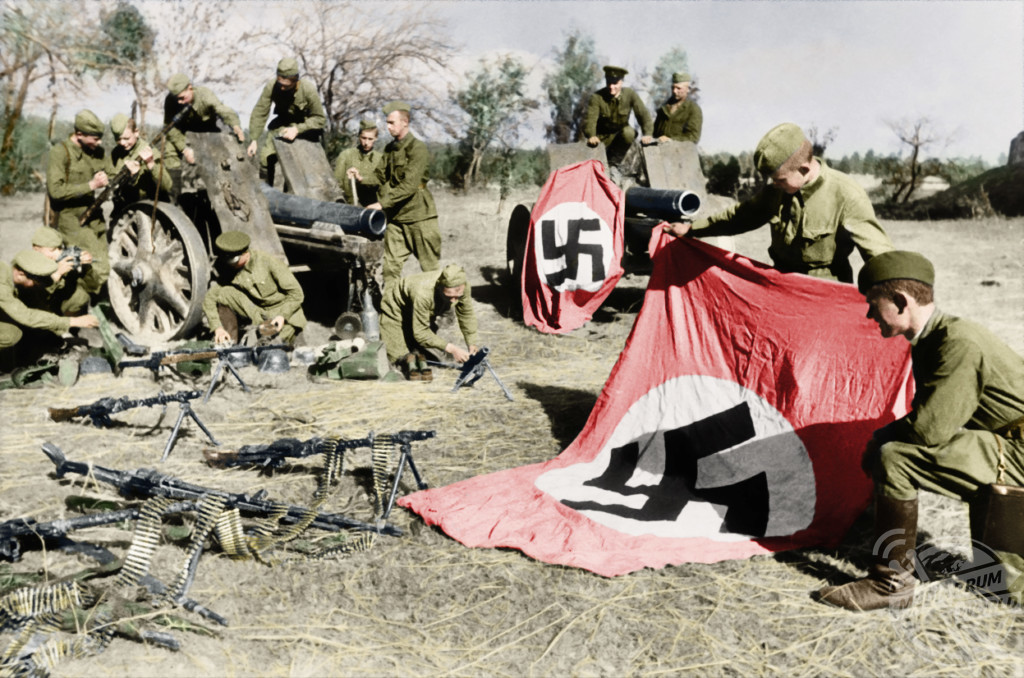
“The content of the photo conveys its own message; however I am glad that by colourising these photos more people are aware of the happenings of WWII.”
The Normandy landings (codenamed Operation Neptune) were the landing operations on Tuesday, 6 June 1944 (termed D-Day) of the Allied invasion of Normandy in Operation Overlord during World War II.

The largest seaborne invasion in history, the operation began the liberation of German-occupied northwestern Europe from Nazi control, and laid the foundations of the Allied victory on the Western Front.
The amphibious landings were preceded by extensive aerial and naval bombardment and an airborne assault—the landing of 24,000 American, British, and Canadian airborne troops shortly after midnight.
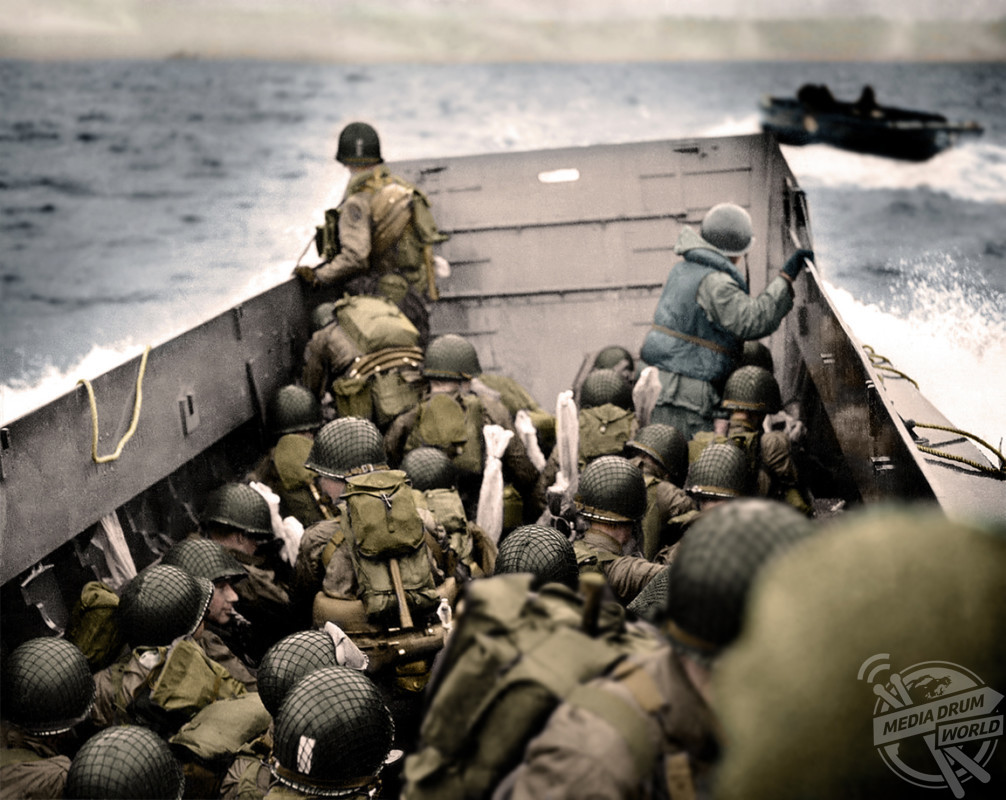
Allied infantry and armoured divisions began landing on the coast of France at 06:30. The target 50-mile stretch of the Normandy coast was divided into five sectors: Utah, Omaha, Gold, Juno, and Sword.
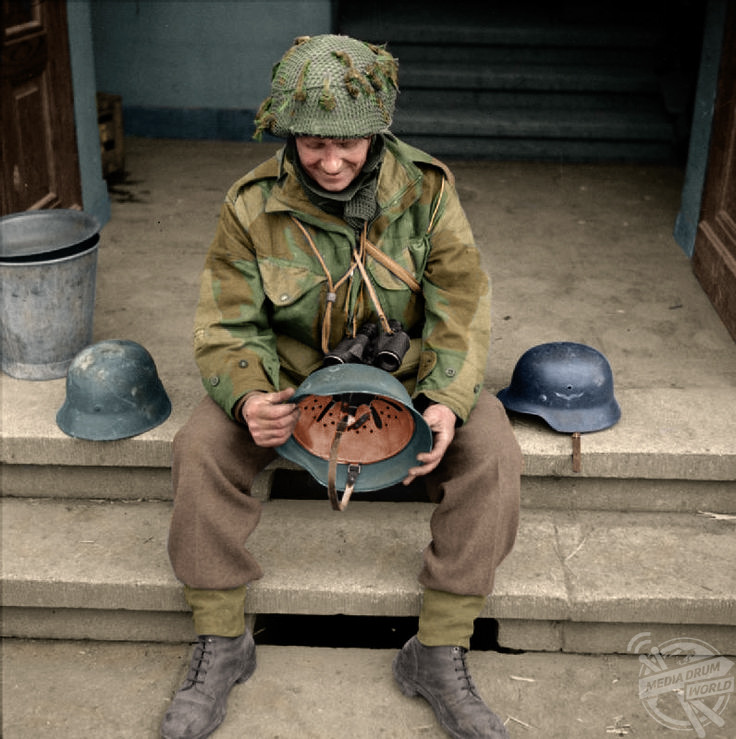
Strong winds blew the landing craft east of their intended positions, particularly at Utah and Omaha. The men landed under heavy fire from gun emplacements overlooking the beaches, and the shore was mined and covered with obstacles such as wooden stakes, metal tripods, and barbed wire, making the work of the beach-clearing teams difficult and dangerous. Casualties were heaviest at Omaha, with its high cliffs.
At Gold, Juno, and Sword, several fortified towns were cleared in house-to-house fighting, and two major gun emplacements at Gold were disabled, using specialised tanks.
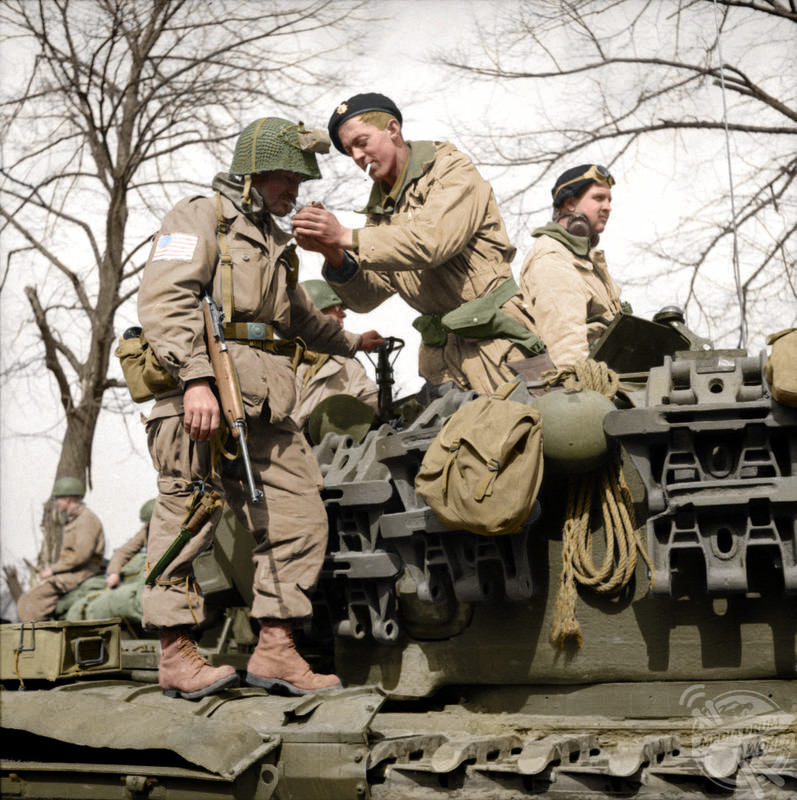
The Allies failed to achieve any of their goals on the first day. Only two of the beaches (Juno and Gold) were linked on the first day, and all five beachheads were not connected until 12 June; however, the operation gained a foothold which the Allies gradually expanded over the coming months.
German casualties on D-Day have been estimated at 4,000 to 9,000 men. Allied casualties were at least 10,000, with 4,414 confirmed dead.
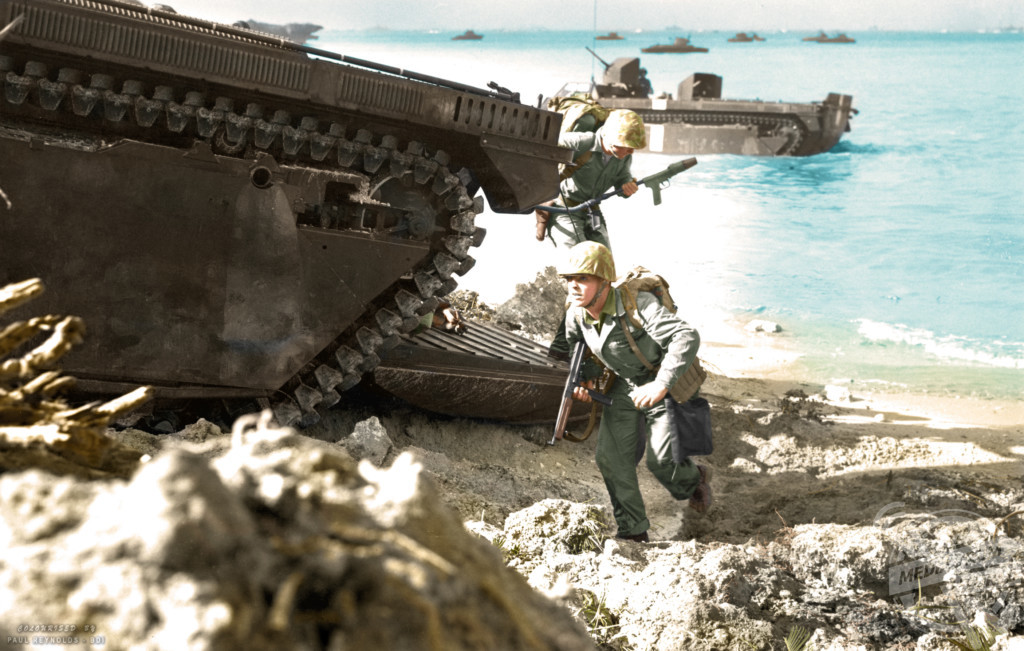
Paul explained how he added colour to the old photographs and the problems he ran into along the way.
“I use a digital pen and pad and basically layer on the colour as you would with a painting,” he said.
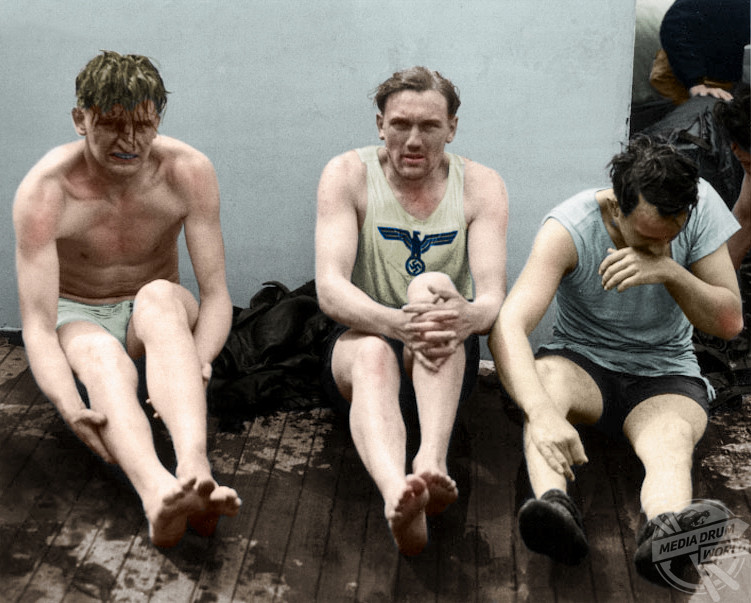
“I’ve painted from an early age so this transition to digital was quite easy for me. The only problems I come across are the condition of the photos especially private commissions, most are torn, folded, creased, water damaged, dust spots and discoloured which then has to be digitally repaired with a brush, this process usually takes longer than the paint, but the finished photo is 100% sharper and more pleasing on the eye.”

Striking images like these are featured in British author Michael D. Carroll’s new book, Retrographic on the colourisation of historical images. It is available on Amazon now for £16.85.
For more information visit: https://www.amazon.co.uk/Retrographic-Historys-Exciting-Images-Transformed/dp/1908211504






